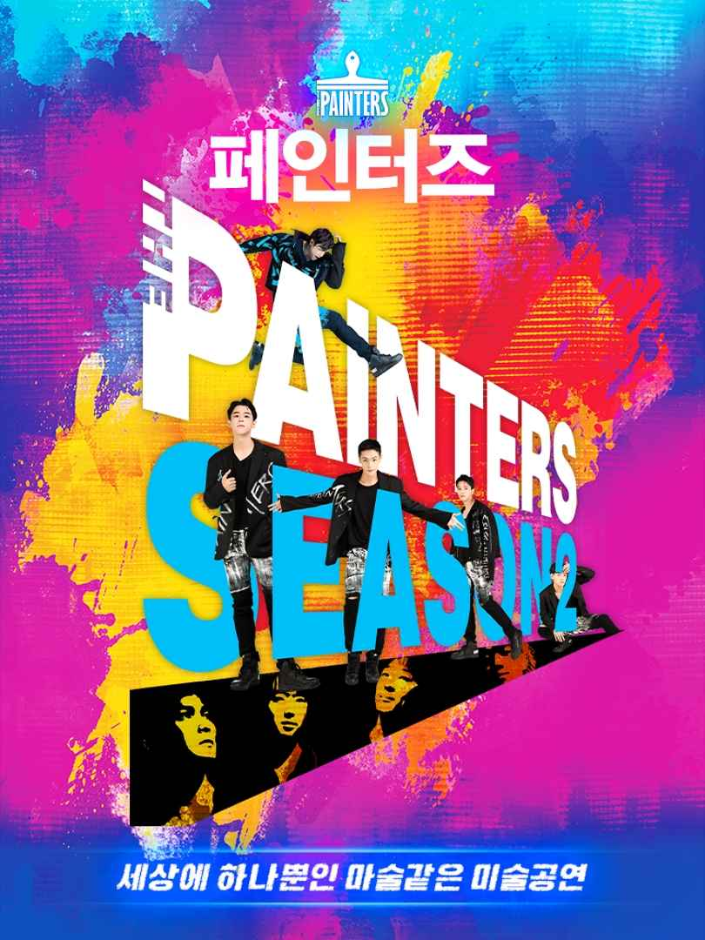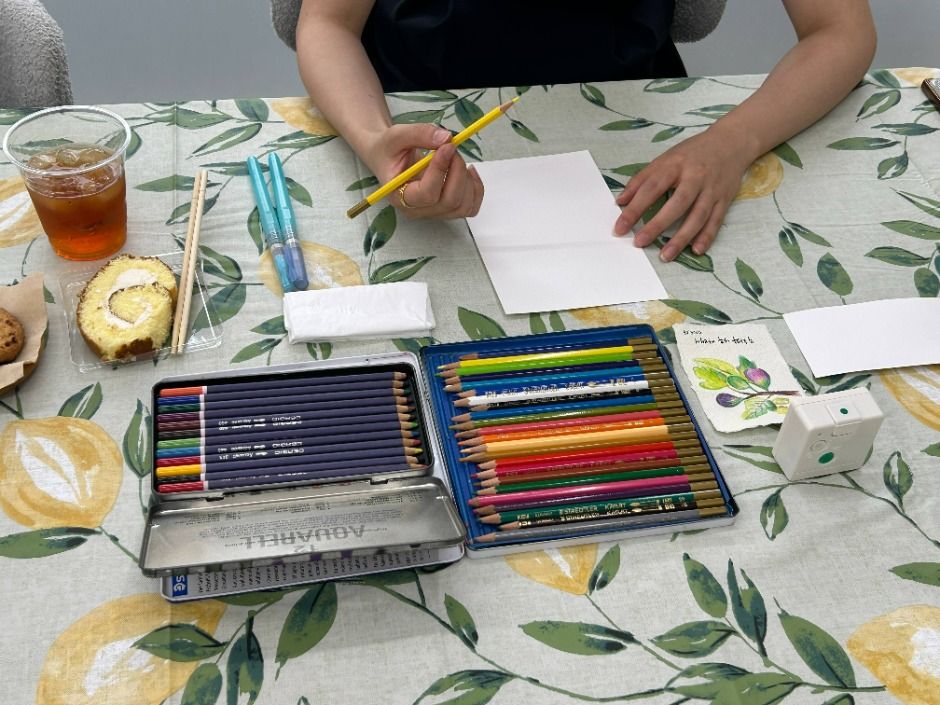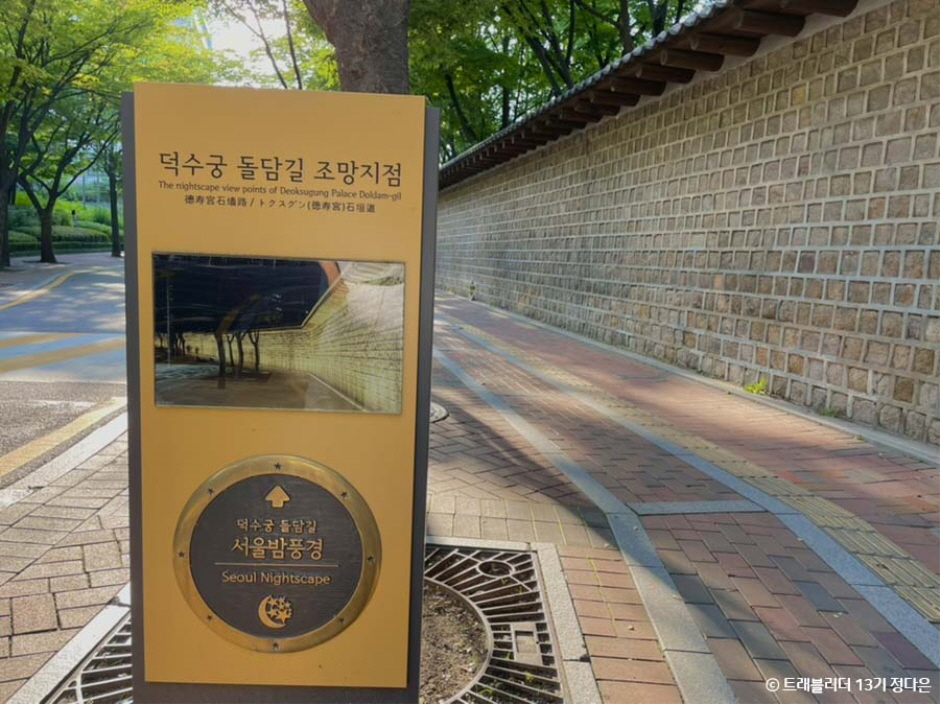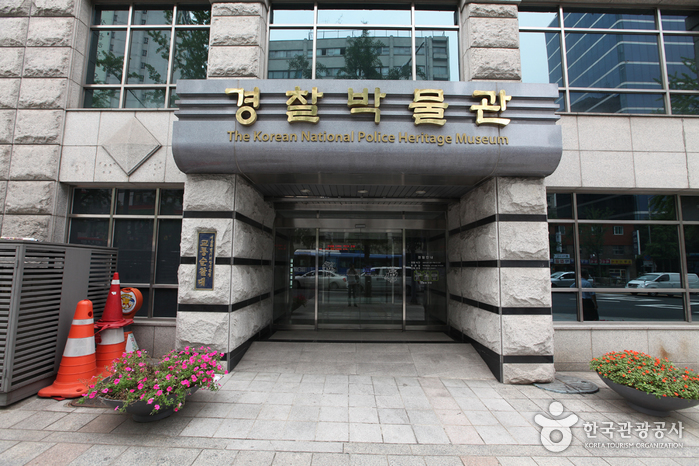Manjok Ohyang Jokbal Dongdaemun (만족오향족발 동대문)
1.8Km 2024-03-12
1-3FL, 9-4, Eulji-ro, 43-gil, Jung-gu, Seoul
+82-2-2271-0880
Situated between Dongdaemun and Dongdaemun Design Plaza (DDP), Manjok Ohyang Jokbal's Dongdaemun branch focuses on jokbal (braised pig's feet). In addition to their signature dish, jokbal (braised pigs' feet), they also serve a wide array of dishes including bossam (kimchi cabbage wraps with pork), jaengban guksu (jumbo sized buckwheat noodles), and mandu. As any dish ordered comes with mandu and sliced rice cake soup by default, it offers a satisfying ensemble.
Hoopcity Dongdaemun [Tax Refund Shop] (HOOPCITY 동대문)
1.8Km 2024-04-18
1F, 324, Toegye-ro, Jung-gu, Seoul
-
Seoul Museum of History (서울역사박물관)
1.8Km 2025-01-17
55 Saemunan-ro, Jongno-gu, Seoul
Seoul Museum of History covers everything about Seoul's history and culture from the prehistoric era to modern times, focusing especially on the Joseon era. The museum aims to raise cultural awareness and build a strong bond within the community by collecting, preserving, researching, and displaying artifacts and materials related to Seoul as well as promoting the city's history and culture to an international audience.
Donggwol Maru - Korea Cultural Heritage Foundation Branch [Tax Refund Shop] (한국문화재재단 동궐마루)
1.8Km 2024-10-15
99, Yulgok-ro, Jongno-gu, Seoul
-
ARTEASPOON (아티스푼)
1.8Km 2025-10-23
7 Sinheung-ro 36-gil, Yongsan-gu, Seoul
ARTEASPOON operates cultural arts programs centered on paintings, music, and books. It also has a program related to exploring one's feelings and mind, and offers a special program for foreigners for learning Korean culture and art. Located in Huam-dong at the foothills of Namsan Mountain, it's an ideal place to immerse in art and inspirations.
Jeongdong-gil Road (정동길)
1.8Km 2024-06-19
2-1 Jeongdong-gil, Jung-gu, Seoul
Jeongdong-gil Road is one of Seoul's most famous walking paths, stretching from the intersection in front of Jeongdong Church to Saemunan-gil Road. The street holds importance in Korea's modern history, with the surroundings serving as a living museum of this. During the Joseon dynasty, the area developed into a residental space for distant members of the royal family, with a palace and royal tombs in the area. In 1999, the pedestrian walking area was expanded by turning the two-way road into a one-way road. Since then, the road has earned many awards and honors.
Korean National Police Heritage Museum (경찰박물관)
1.8Km 2021-12-21
41, Saemunan-ro, Jongno-gu, Seoul
+82-2-3150-3681
The police museum opened on October 14, 2005 to give a better understanding of the job of the police and to offer a formal education to children who wish to become police officers in the future. The history hall of the museum is designed for visitors to learn about the history of Korean police at a glance, exhibiting information on the police force from the Joseon dynasty up until current times.
Visitors to the museum can pretend to be police officers by touching actual equipment and learning about an officer's daily tasks. Visitors can also get in patrol cars, wear a police uniform, experience shooting a gun through a simulation, and learn self-defense martial arts and arrest techniques. Visitors can also go to the museum jail.
Olive Young - Jeongdong Branch [Tax Refund Shop] (올리브영 정동)
1.8Km 2024-04-22
26, Saemunan-ro, Jung-gu, Seoul
-
Olive Young - Twin City Branch [Tax Refund Shop] (올리브영 트윈시티)
1.8Km 2024-04-18
Store #B109, #B110, GF Twin City Bldg., 366, Hangang-daero, Yongsan-gu, Seoul
-

![Hoopcity Dongdaemun [Tax Refund Shop] (HOOPCITY 동대문)](http://tong.visitkorea.or.kr/cms/resource/51/2878751_image2_1.jpg)




![Olive Young - Jeongdong Branch [Tax Refund Shop] (올리브영 정동)](http://tong.visitkorea.or.kr/cms/resource/11/2888011_image2_1.jpg)
![Olive Young - Twin City Branch [Tax Refund Shop] (올리브영 트윈시티)](http://tong.visitkorea.or.kr/cms/resource/04/2889104_image2_1.jpg)
 English
English
 한국어
한국어 日本語
日本語 中文(简体)
中文(简体) Deutsch
Deutsch Français
Français Español
Español Русский
Русский